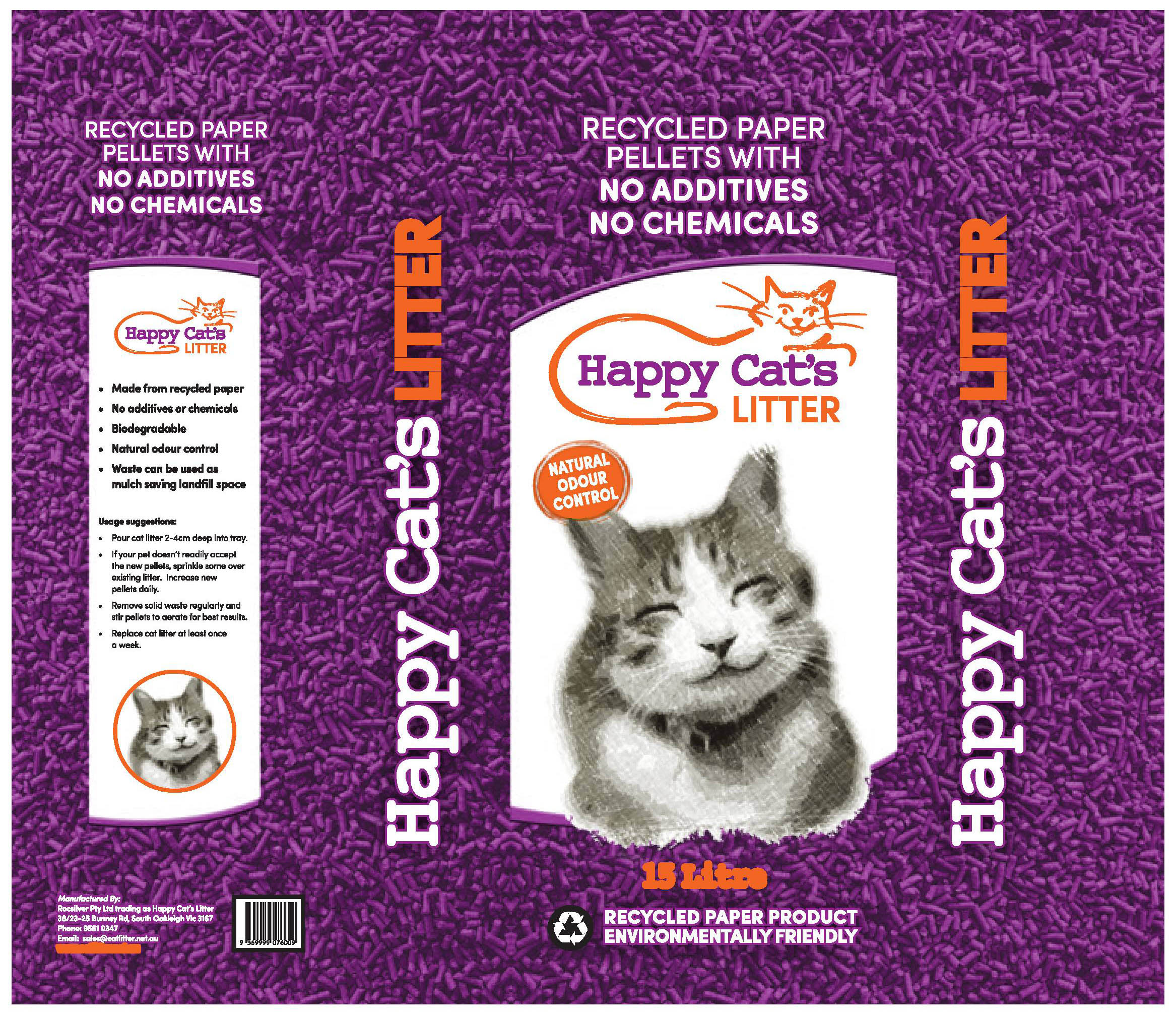

But what about flushable cat litter? Can flushable cat litter be flushed down the toilet safely? It is marketed as being toilet- and drain-friendly. We can all assume that flushing regular clay-based cat litter down the drain is a bad idea.

But they still have lots of disadvantages as noted below. Continue reading and we’ll answer the question, “Are flushable cat litters a good idea or a good idea that you should avoid?”.įlushable cat litter often come in pellets and usually made out of environmentally friendly products. All are manufactured from biodegradable products, the most common being Corn, Wheat, Wood Products, and Shredded Paper. There are a number of brands that claim to make a flushable litter. It’s great for cats that have paw injuries because it is softer, more absorbent, and creates less dust to get into wounds. This type has more cons (it’s not as absorbent, does not tamp down on odor, etc.), but it does serve a special purpose. It also comes in clumping and non-clumping varieties. Pet owners like that it’s more environmentally friendly, creates less dust and is pretty good at controlling odor. It creates less dust, has less odor, and no cat litter clumps because it traps the urine inside. Cons include the creation of a lot of dust particles, the ease by which the litter gets tracked onto floors, and its heavier weight. Pros are affordability, likability by cats, and the ability (by using a clumping vs non-clumping litter formula) to form cat litter clumps that are easily scoop-able. The most common litter used by pet owners. Here are just a small handful of the more common varieties: While you’re most likely to find clay-based cat litter on store shelves, you can find all sorts which come with their own set of pros and cons. By the end of that year, the enterprising Lowe had created the modern equivalent of cat litter - a completely new market based on what would become a multimillion-dollar product that he sold in 5-pound bags. Draper was ecstatic with how well it worked. It’s a clay material that’s highly absorbent. Not having any on hand, Lowe gave her fuller’s earth to use instead. So she asked her neighbor, Edward Lowe if she might borrow some. Back in early 1947, she ran out of what was commonly used back then: sand. But no one loves when they urinate or poop in the house.


 0 kommentar(er)
0 kommentar(er)
